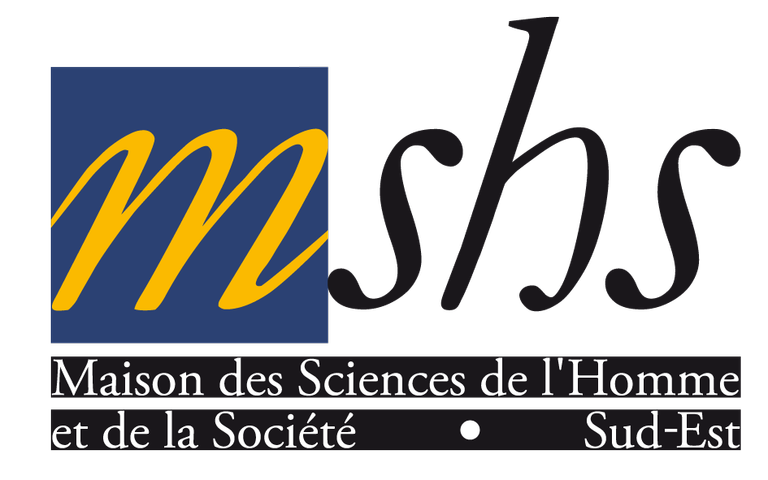The corpse in subtance : loss of smells and vital principle
Le cadavre en substance : perte d’odeurs et principe vital
Résumé
The corpse in substance : loss of smells and vital principle. We call «corpse » the essential organic matter of a dead individual, such as it shows, to smell or to touch, or such as we imagine it when the corpse is absent or disappeared. By exploring the practices and the representations inferred by the substance of the corpse, this article becomes attached to the cognitive and cultural effects of this material. Having marked out in theory the analysis in the first part of the text - theory of the embodied cognition and the anthropology of substances-, I remind in
the following part that our species always maintained a narrow familiarity with the corpse and its processing in carrion. I support then that this massive presence of the deathly substance in the very long-lasting inferred diverse representations which some very abstract. One of these representations is the one of vital principle, the loss or the processing of the substance of the corpse being felt as the waste of this principle. In the third and last part, I defend the idea of a link between the decomposition of the body, the loss of smells and the waste of the vital principle, the thesis which I support by ethnographical data collected in the Nice’s land. I concluded by some considerations relative to the dualistic thought.
Le cadavre en substance : perte d’odeurs et principe vital. Nous appelons « cadavre » la matière organique constitutive d’un individu décédé, telle qu’elle se donne à voir, à sentir ou à toucher, ou telle que nous l’imaginons quand le cadavre est absent ou disparu. En explorant les pratiques et représentations induites par la substance même du cadavre, cet article s’attache aux effets cognitifs et culturels de cette matière. Après avoir balisé théoriquement l’analyse dans la première partie du texte – théorie de la cognition incarnée et anthropologie des substances -, je rappelle dans la partie suivante que notre espèce a toujours entretenu une familiarité étroite avec le cadavre et sa transformation en charogne. Je soutiens ensuite que cette présence massive de la substance cadavérique dans la très longue durée a induit des représentations diverses, dont certaines très abstraites. Une de ces représentations est celle de principe vital, la perte ou la transformation de la substance du cadavre étant perçue comme la dissipation de ce principe. Dans la troisième et dernière partie, je défends l’idée d’un lien entre la décomposition du corps, la perte d’odeurs et la dissipation du principe vital, thèse que j’étaye par des données ethnographiques recueillies dans la région de Nice. Je conclus par quelques considérations relatives à la pensée dualiste.
Fichier principal
 Le cadavre en substance. Perte d’odeurs et principe vital.pdf (573.8 Ko)
Télécharger le fichier
Le cadavre en substance. Perte d’odeurs et principe vital.pdf (573.8 Ko)
Télécharger le fichier
Origine : Accord explicite pour ce dépôt


